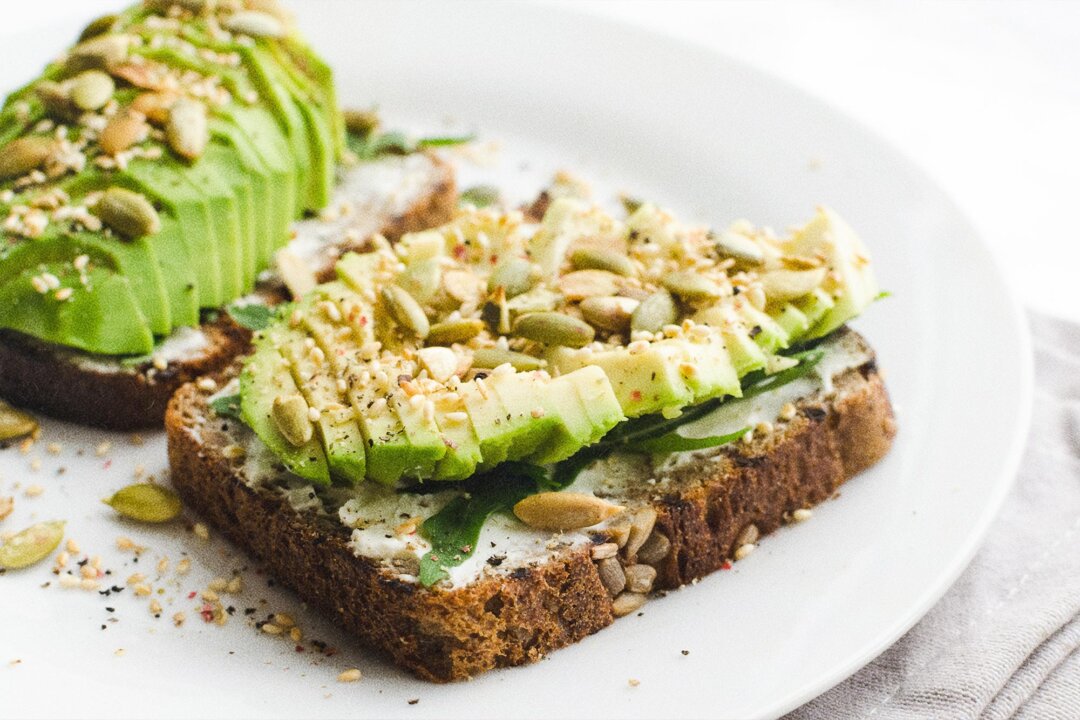I stayed in Brazil's Pantanal, where you can see the world's biggest jaguars and largest flying parrots Simon Barnes stayed at Caiman , a lodge in the wildlife haven of the Pantanal READ MORE: The breathtaking winners of the 2025 Sony World Photography Awards revealed By SIMON BARNES Published: 11:39 BST, 25 April 2025 | Updated: 11:39 BST, 25 April 2025 e-mail View comments Humans can do good things as well as bad – and good things are happening in Brazil's Pantanal. Both jaguars and hyacinth macaws are making a comeback and I have seen it with my own eyes. I stayed at Caiman , a lodge in the Pantanal where you find 81,000 square miles of wetland.
The last guest who left without seeing a jaguar did so in 2020. This is because the lodge combines research into the life, behaviour and conservation of jaguars with tourism that helps to fund it. Bruno Sartori from Onçafari (onca being Portuguese for jaguar), a partner organisation with Caiman, said: 'It is my mission to make everybody who gets in this vehicle fall in love with at least one jaguar.

' He soon found us two, by way of radio-tracking. He knows them, all by name: first came Surya, exhausted and breathing hard after knocking down a calf for breakfast and dragging it into the shade. As she lay there panting Dakari scrambled up behind her: a fubsy cub almost six months old, climbing enthusiastically on top of his mother to reach the calf.
Manfully he tried to drag it a little further, but the task was a long way beyond him. He then tried to open up the carcass, but he lacked the skill and had to wait. Surya put a vast velveted paw on his head to tell: nice try.
Jaguars are bulky animals, stocky, strong and imposing. The biggest jags of all live in the Pantanal. They are powerhouses,with the strongest bite of any cat in the world.
They can chomp through the shells of turtles and feed on caimans, the (relatively) small crocodilians of the Pantanal. The Pantanal is a place for strong biters. Hyacinth macaws can open nuts that you would struggle to break with a hammer: the strongest bite of any bird in the world.
They are the world's largest flying parrot. At one point, Maria Edouarda Monteiro hanging from a rope 20ft above my head calling down in a voice filled with joy: 'One beautiful chick is here!' And she lowered it down in a bucket: a half-formed hyacinth macaw. The chick was weighed and checked over.
It was 69 days old, with another 40 or so to go before it spreads beautiful hyacinth-blue wings and flies. Simon stayed in Brazil's Pantanal, the world's biggest wetland area, measuring 81,000 square miles The Pantanal is home to the world's biggest jaguars, which Simon was lucky enough to see for himself Hyacinth macaws, which Simon also saw during his stay, can open nuts that you would struggle to break with a hammer: the strongest bite of any bird in the world This is another wildlife conservation initiative and another Caiman partner: the Hyacinth Macaw Project. One of the problems macaws face is the shortage of living accommodation: they nest in holes in mandivu trees and these are not always available.
So the project – and Maria – have set up nestboxes all over land owned and managed by Caiman Lodge. Bruno and Maria mix cool science and warm passion: gathering information about the animals they study while giving them a better chance to survive. Guests at Caiman help to make all this possible: not a bad feeling as you savour the many comforts-- pool, sauna, gym, good food - of the lodge.
The jaguar and the macaw take starring roles in an enthralling ecosystem: one you begin to learn the moment you arrive almost deafened by the sound of birds: the Chaco chachalaca and the great kiskadee. Then there were great crowds of sulphur butterflies, bright yellow as was the name suggests, gathering round puddles, and the superb ruddy daggerwing. In the Pantanal they like, Africa style, to claim a Big Five mammal species and I saw, well, all of them: jaguar, marsh deer, Brazilian tapir, giant anteater and capybara.
Caiman Lodge is doing all it can to provide virtuous tourism: to show wonders to the traveller while safeguarding these wonders for future times that will be more troubled than our own. Here we can see and savour the right kind of love. Travel Facts Full-board doubles at Caiman Pantanal from £1,099 a night, including nature tours and safari.
An environmental contribution of £155pp is added to the total (caiman.com). Return flights from Heathrow to Campo Grande with LATAM Airlines from £676 (latamairlines.
com). Getting there: Caiman Pantanal can be accessed by air taxi from £885 with Voe Amapil , or by car, which takes three hours 30minutes. For details see visitbrasil.
com . Brazil New Zealand Share or comment on this article: I stayed in Brazil's Pantanal, where you can see the world's biggest jaguars and largest flying parrots e-mail Add comment Comments 0 Share what you think No comments have so far been submitted. Why not be the first to send us your thoughts, or debate this issue live on our message boards.
Add your comment Enter your comment By posting your comment you agree to our house rules . Submit Comment Clear Close Do you want to automatically post your MailOnline comments to your Facebook Timeline? Your comment will be posted to MailOnline as usual. No Yes Close Do you want to automatically post your MailOnline comments to your Facebook Timeline? Your comment will be posted to MailOnline as usual We will automatically post your comment and a link to the news story to your Facebook timeline at the same time it is posted on MailOnline.
To do this we will link your MailOnline account with your Facebook account. We’ll ask you to confirm this for your first post to Facebook. You can choose on each post whether you would like it to be posted to Facebook.
Your details from Facebook will be used to provide you with tailored content, marketing and ads in line with our Privacy Policy ..
Health

I stayed in Brazil's Pantanal, where you can see the world's biggest jaguars and largest flying parrots

I stayed at Caiman, a lodge in Brazil's Pantanal, where you find 81,000 square miles of wetland.















